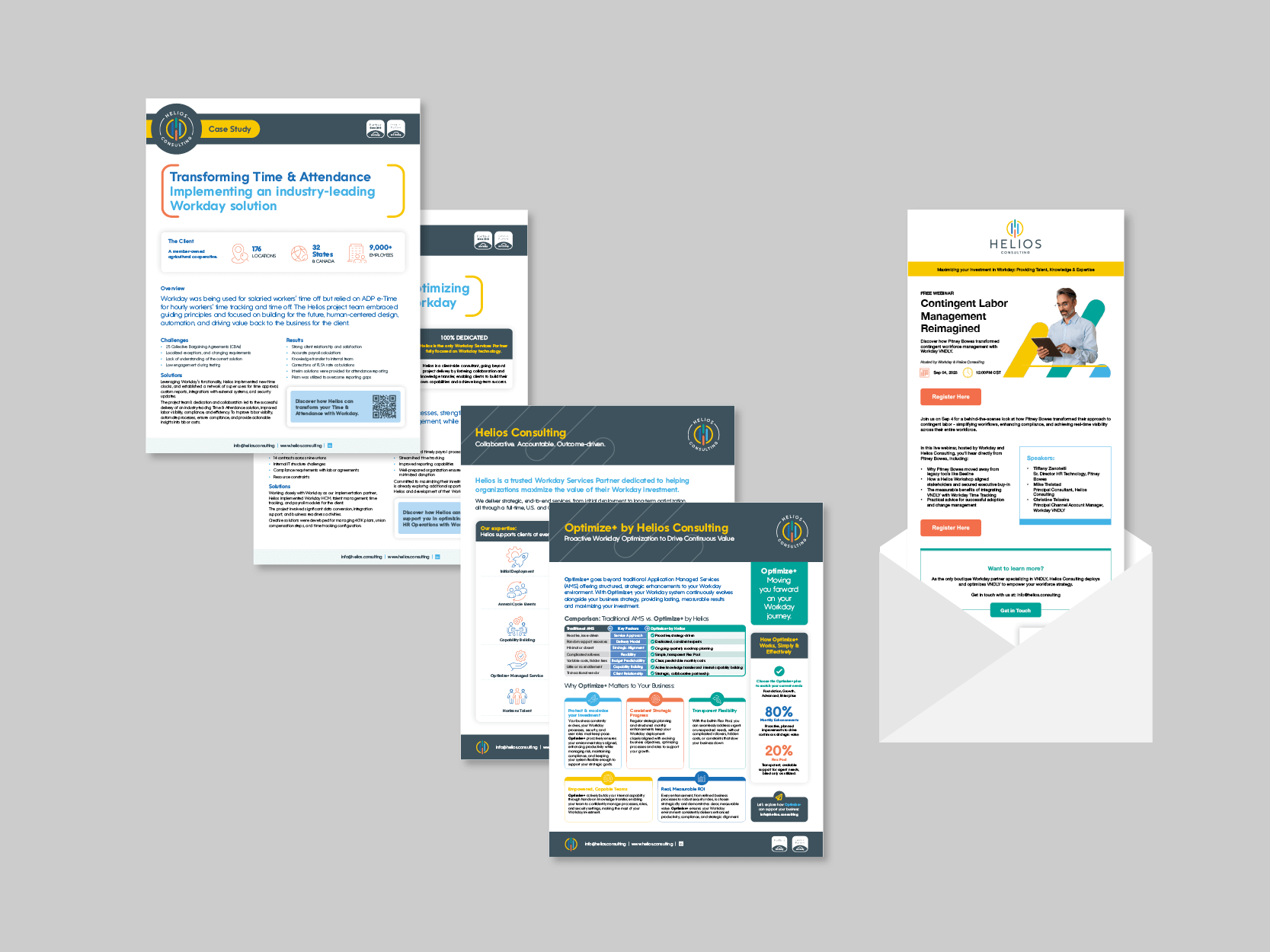It usually starts with a feeling.
You are doing the right things on paper. Posting content. Updating the website. Running the odd campaign. Yet the outcomes feel a bit… flat. No real momentum. No clear sense that everything is pulling in the same direction.
From our perspective as a design and marketing agency, this almost always comes back to one thing: marketing strategy. Not the flashy stuff. The thinking underneath it all.
Why activity without strategy feels noisy
In sectors like construction, engineering, logistics, transport, leisure and marine, your audience is not browsing casually. They are making careful decisions based on trust, knowledge and long-term value. If your marketing strategy does not reflect that reality, your message starts to fragment.
You end up with:
- Campaigns that look good but do not connect
- Messaging that shifts tone every few months
- Teams pulling in slightly different directions
A joined-up marketing strategy brings calm to that chaos. It creates a clear line between what you say, how you look and how you behave as a brand.
When deeper strategic work is required, we occasionally collaborate with specialist partners such as Frankly Consultants to strengthen the foundations further. That allows us to keep design and delivery sharp while ensuring the strategic thinking is robust and commercially grounded.
What happens when your marketing strategy is doing its job
You start to notice subtle but important shifts.
Your brand feels familiar rather than forced. Your messaging becomes easier to write because it has direction. Decisions become quicker because they are guided by a shared understanding of what the business is trying to achieve.
This is where consistency, confidence and credibility come from. Not from more content, but from better clarity.
And the opportunity is real. Only around 33% of UK SMEs currently have a marketing action plan in place according to The Marketing Centre, 2024. Marketing Week, 2024 reports that roughly 67% are operating without a formal plan at all. At the same time, GOV.UK figures from 2024 show SMEs represent over 99% of UK private sector businesses and employ more than 16 million people. That gap between intention and structure is where strong marketing strategy stands out.
A different way to think about strategy
Rather than seeing strategy as a document, see it as a decision filter. It helps you answer questions like:
- Does this activity support where the business is going?
- Does this reflect how we want to be perceived?
- Does this resonate with the audience we actually want?
When your marketing strategy answers those consistently, everything else becomes more focused and more effective.
A practical lens for complex industries
In construction and engineering, strategy turns technical expertise into a story people recognise and trust.
In logistics and transport, it shapes how dependability and communication are woven into every interaction.
In travel, leisure and marine, it balances emotion with reassurance so the brand feels aspirational yet grounded.
The principle is the same. Strategy creates coherence. Design and marketing bring it to life.
Six markers of a healthy marketing strategy
Rather than a checklist, think of these as signs you are on the right track:
- You know what success looks like and can articulate it clearly
- You understand who you are really trying to reach
- Your message feels confident, not cluttered
- You choose channels with intention, not habit
- Your brand feels recognisable wherever it appears
- You review, learn and adapt regularly
If any of those feel vague, that is usually where the work needs to begin.
The bigger picture
A strong marketing strategy does more than improve campaigns. It gives your business direction, reduces wasted effort and helps your team act with confidence. Over time, this builds reputation, loyalty and commercial resilience.
You stop marketing for the sake of noise and start communicating with purpose.
Conculsion
In industries shaped by planning, precision and relationships, your marketing strategy should offer the same level of intent. If things feel disjointed or underwhelming, do not rush to add more activity. Step back, strengthen the strategy and let the rest follow naturally.



